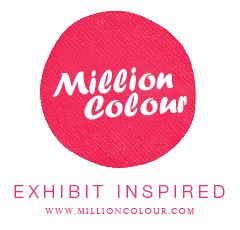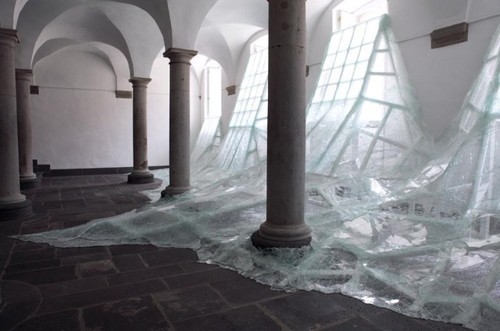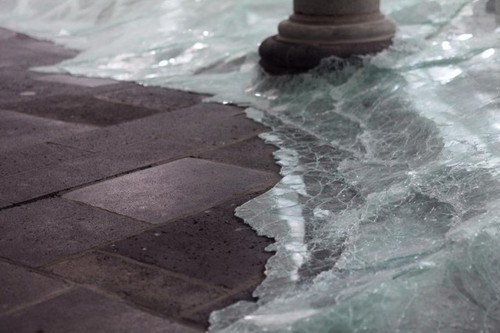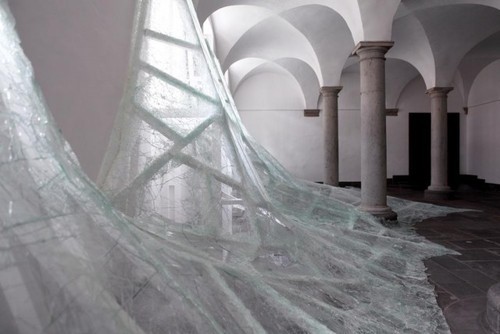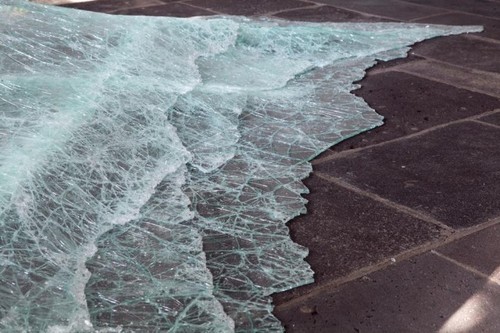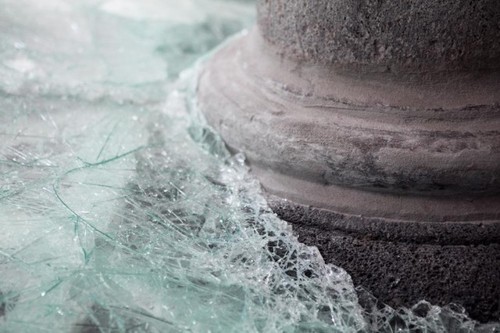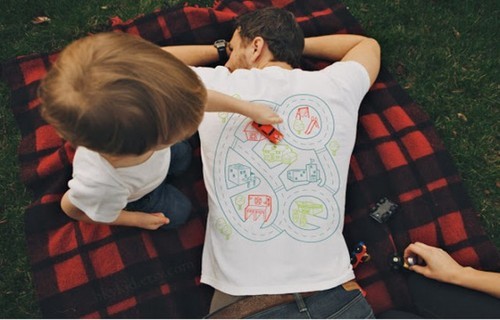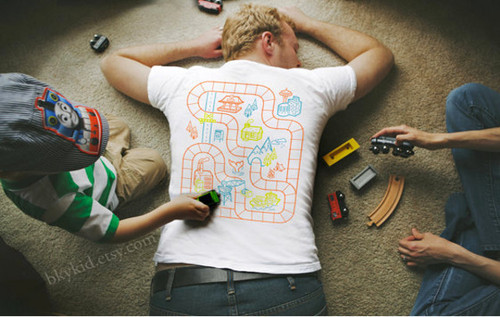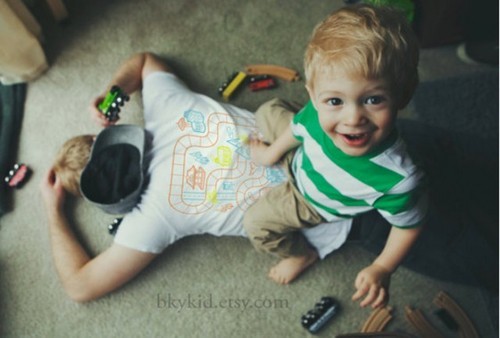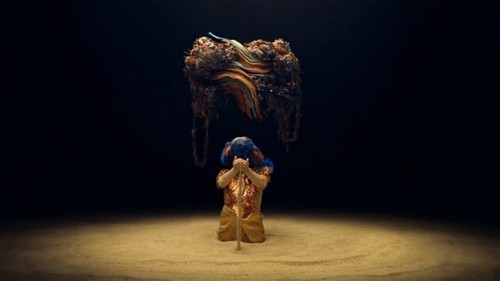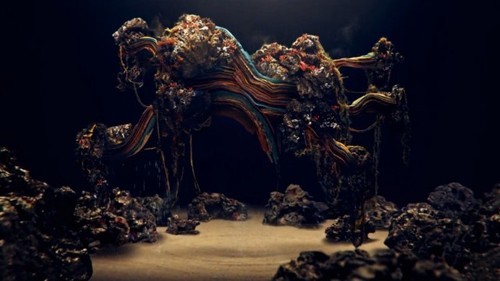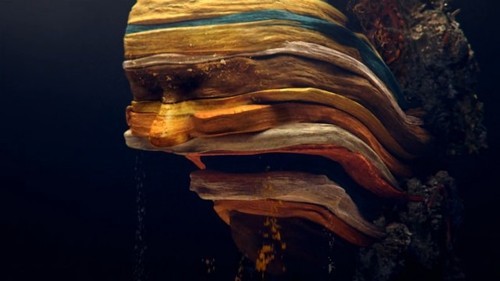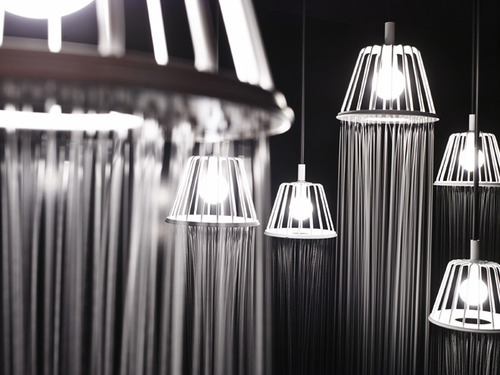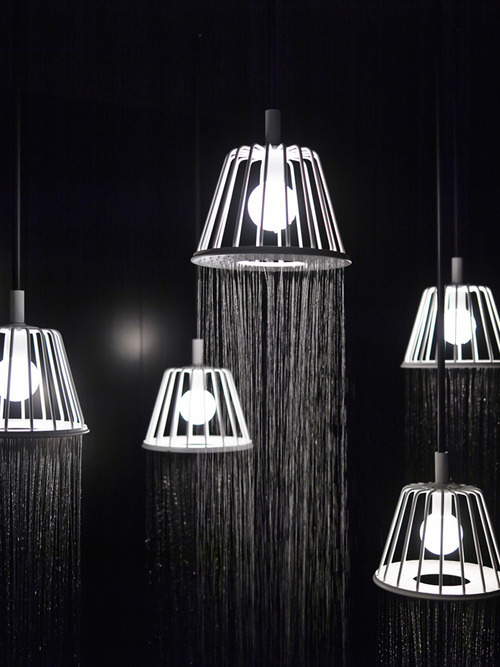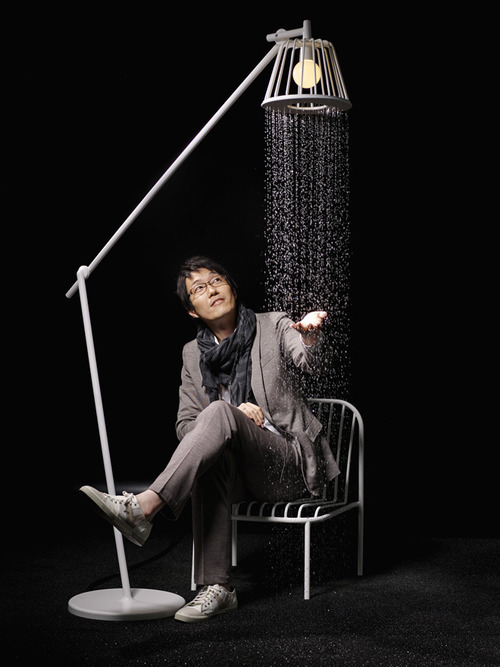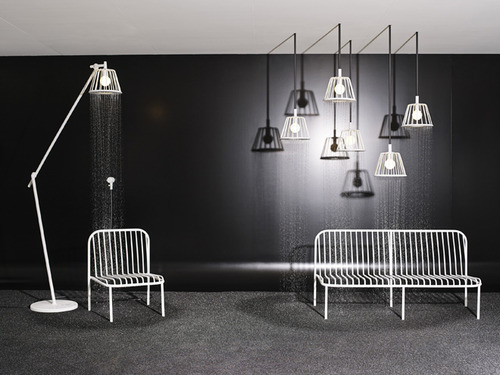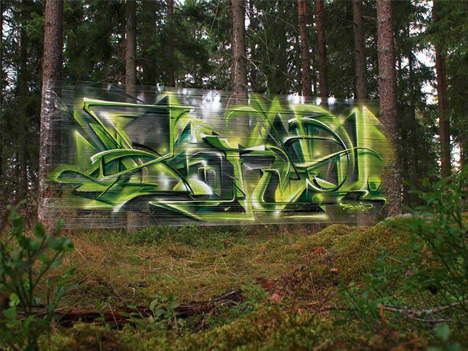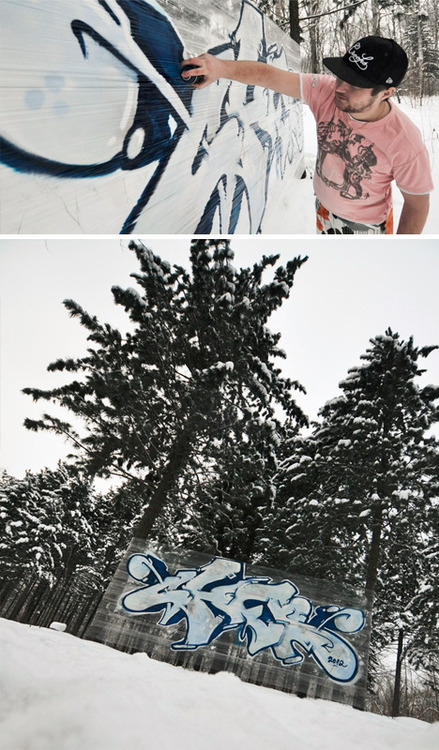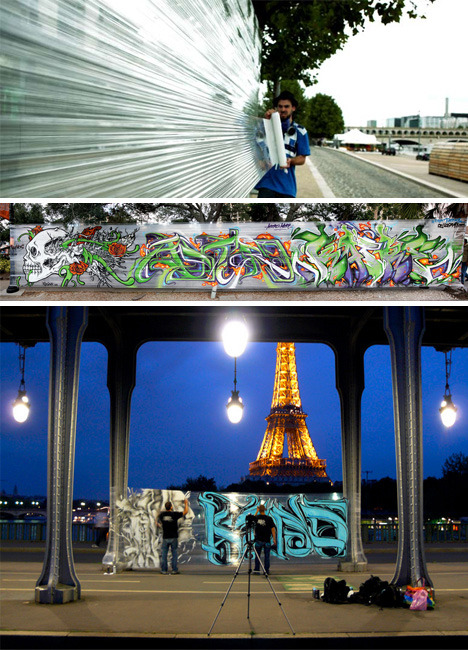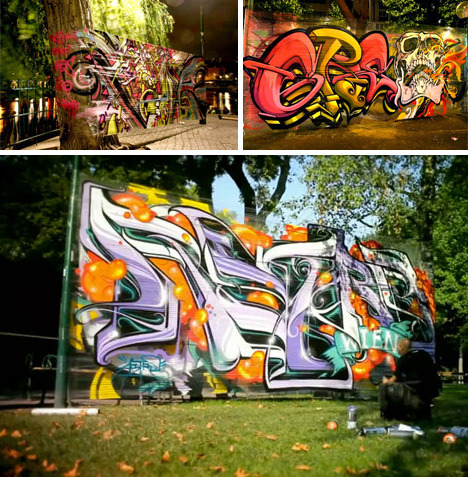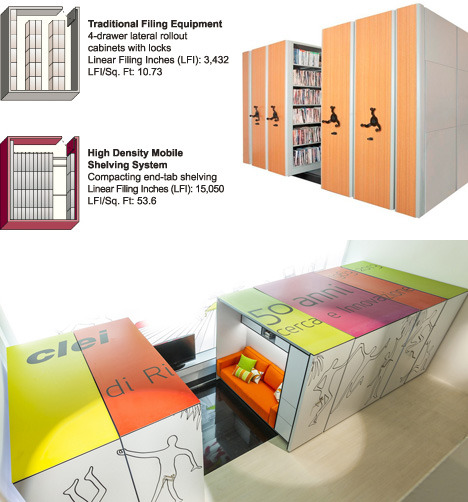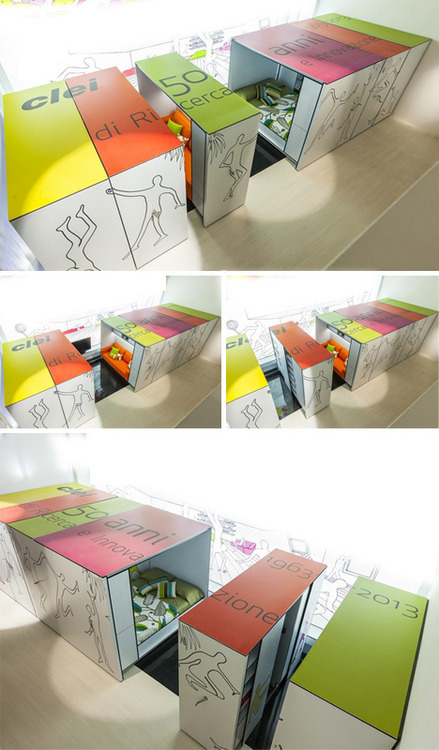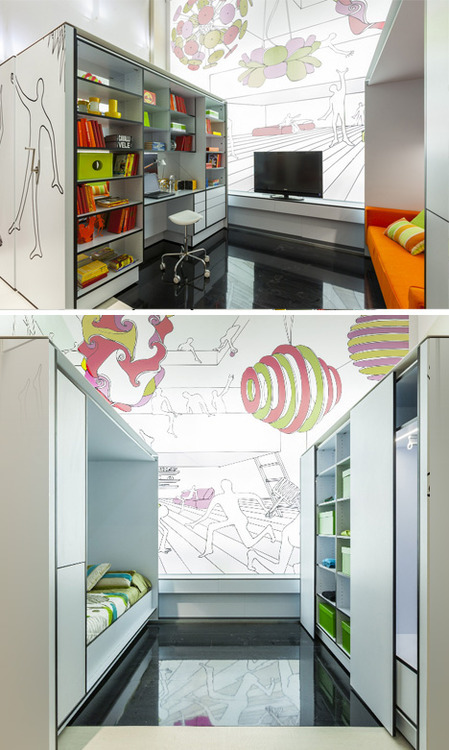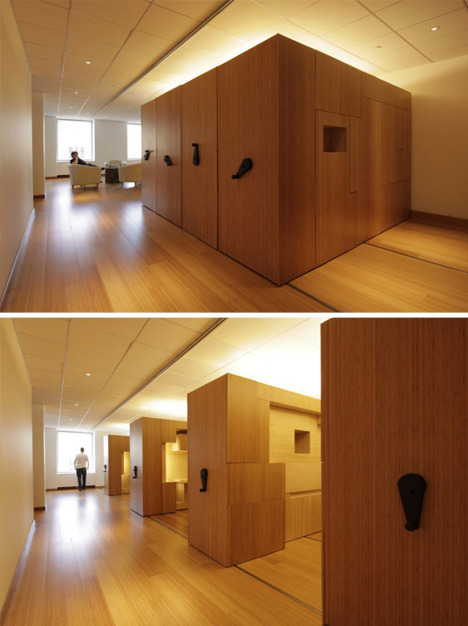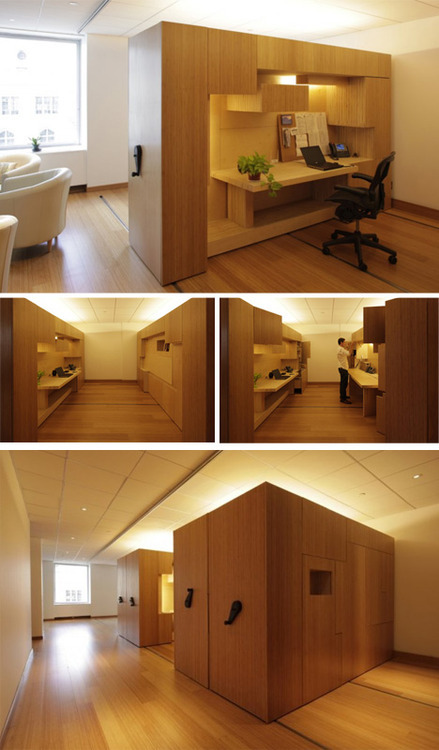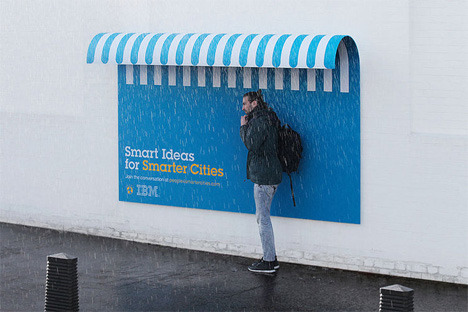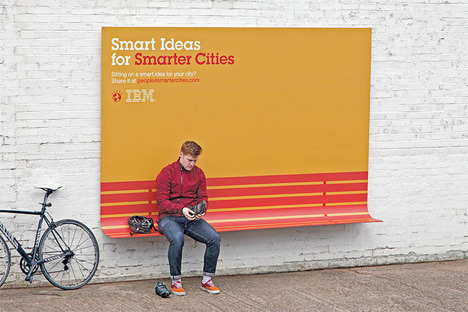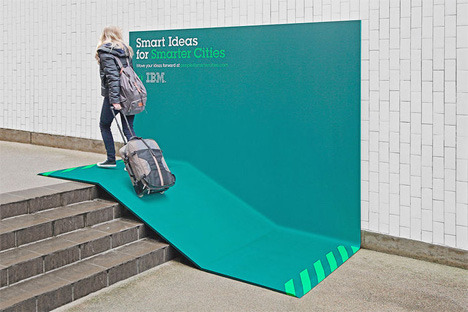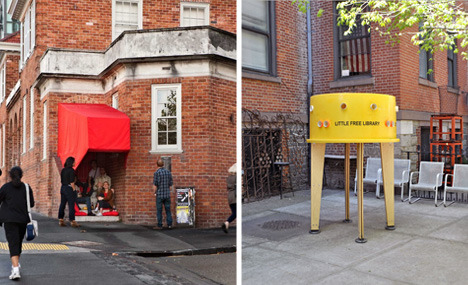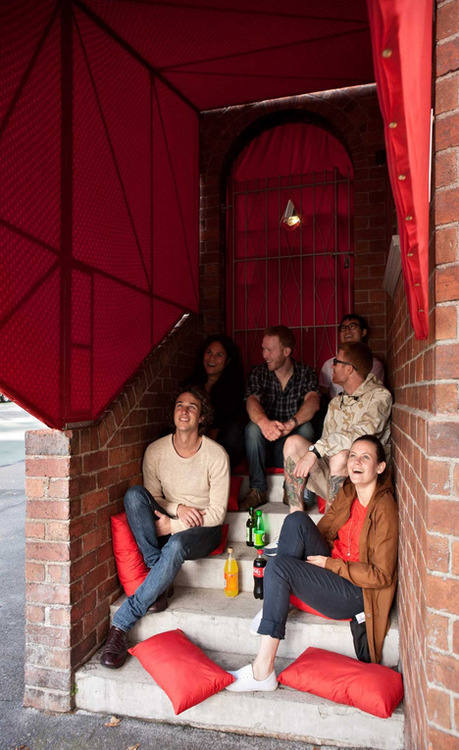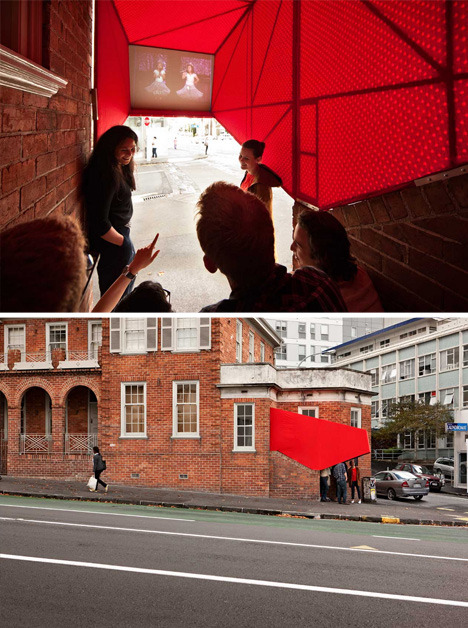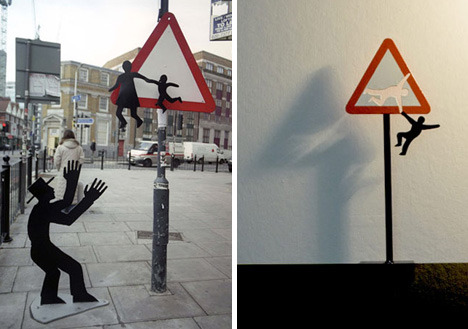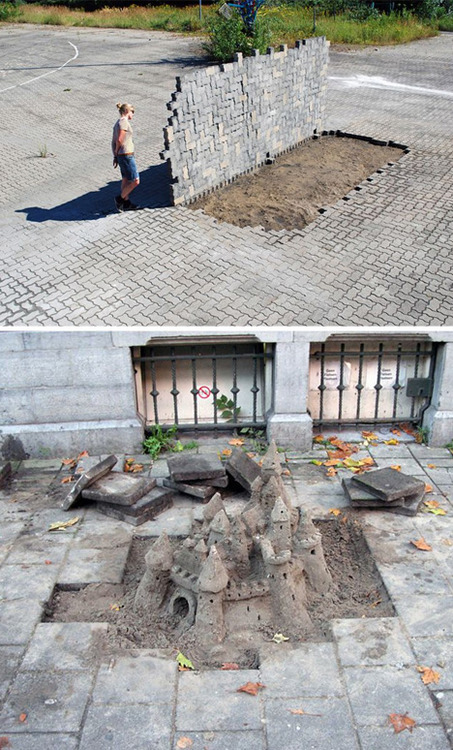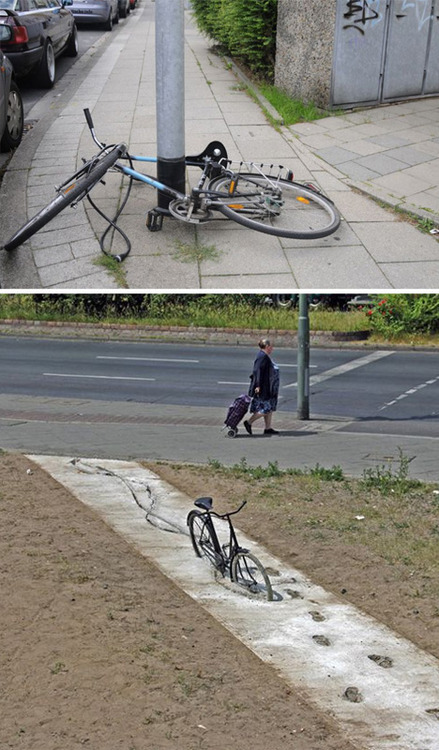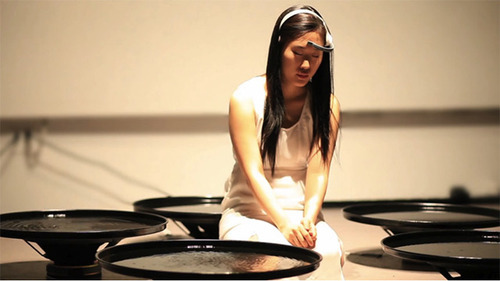
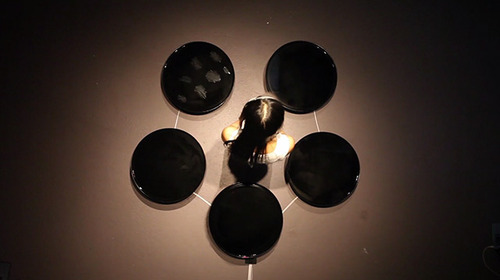
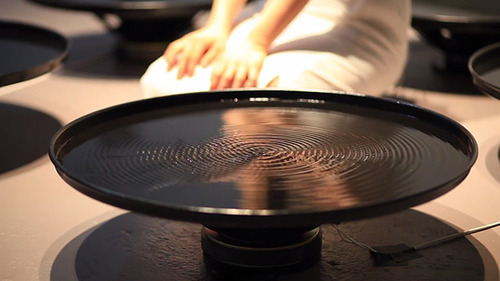
Conceptual artist Lisa Park has been experimenting with a specialized device called a NeuroSky EEG headset that helps transform brain activity into streams of data that can be manipulated for the purposes of research, or in this case, a Fluxus-inspired performance art piece titled Euonia (Greek for “beautiful thought”). Park used the EEG headset to monitor the delta, theta, alpha, and beta waves of her brain as well as eye movements and transformed the resulting data with specialized software into sound waves. Five speakers are placed under shallow dishes of water which then vibrate in various patterns in accordance with her brain activity.
While the system is not an exact science, Park rehearsed for nearly a month by thinking about specific people whom she had strong emotional reactions to. The artist then correlated each of the five speakers with certain emotions: sadness, anger, hatred, desire, and happiness. According to the Creator’s Project her hope had been to achieve a sort of zen-like state resulting in complete silence, however it proved to be ultimately unattainable, a result that is actually somewhat poetic.
It’s important to note that artists have long been using EEG devices to create “music with the mind”. Composer and experimental musician Alvin Lucier had a somewhat similar performance called Music for Solo Performer back in 1965.
